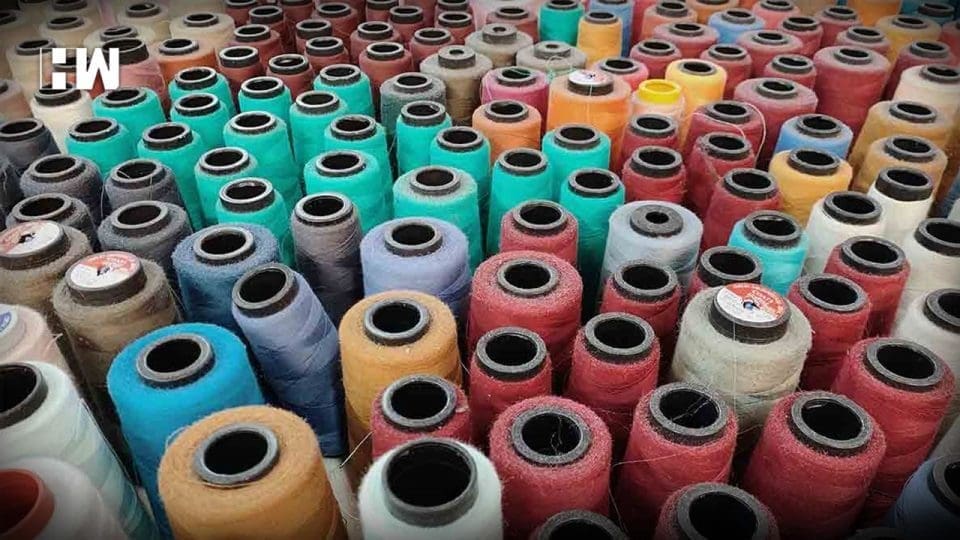Huge crisis prevails in the Textile Industry particularly in Tamil Nadu. Out of 2000 spinning mills in the state, about 600 plus spinning mills in Coimbatore, Tirupur sectors facing heavy burden to make the show. Market is weak and sentiments are in downstream.
From August 2019, most of the units have cut down their production capabilities by 25-30%. Few mills stopped due to various reasons. This is not only in spinning sector, as a value chain the present scenario affects the manufacturing in weaving, knitting etc.,
Reasons for the crisis:
As a Textile Consultant, I got an opportunity to discuss with various stack holders of the Industry and by which can be summarized the reasons for the present situation may be due to this:
- Bitter U.S.- China Trade war gave a punch on the entire global business which leads to near recession in Indian industries too and it has added fuel on the fire already exists in the industry.
- Liquidity crunch prevails in the Indian market, transforms pressure on southern Indian mills and running the spinning mills in present day found more difficult.
- Cotton price escalation and instability erodes the level playing field in global market scenario and given a huge impact on yarn exports.
- China literally stopped yarn imports from India and most of the quality yarn producers in Tamil Nadu stumped – out and looking for alternates.
- Within 6 months period of this calendar year, cotton prices volatility was unimaginable. For example, in March 2019 prices were Rs.47500/- per candy and reduced drastically to Rs.42000/- and again reached Rs.46000/- , resulting no sense and could not be able to cope up with Yarn market requirements.
- Intermittent Job loss makes panic among mill employees and the migrant workers mostly from Bihar, Orissa, U.P, Assam and other North east states, returning to their native places. It creates short of skill labours and affecting quality of goods manufacturing in the spinning industry.
- High interest rates puts checkmate and Mill financial Management finds very toughest situation to manage even break-even, in the recent history.
- Demonetisation & GST implementation doesn’t affect much directly on spinning units but liquidity crisis makes situation worsened. Due to GST, working capital shortfall is inevitable and managing the fund flow found very difficult.
- Indian cotton is costlier by 25% than International market, but Global customers expecting yarn with very low prices. Imbalance of this issue makes in competitive in global market for the Indian yarn. Yarn exports decreased by 33%.
- Cheaper Imports of Yarn & Fabrics from Bangladesh, Sri lanka, Vietnam makes jeopardy in Tirupur market and knitting & Garment manufacturers are standing as just as spectators due to FTA with these countries. Chinese dominance through these countries indirectly affecting the Indian spinning manufacturing sectors.
- Tamil Nadu Spinning Mills reduced their production by about 20-25 % and announcing weekly holidays to match supply- demand equation. It was in the News column that Northern India Mills also about 200 Nos also reduced their production by about 25-30 %. These news will throw some light on the dangerous position of the present Spinning mills status.
- Unmatched Demand & Supply chain in Indian Textile Industry also one of the main reason for Un-competitiveness in the last few years. Due to this, saturation has reached in Indian Domestic Yarn Market.
Mentioning the problems alone will not serve the purpose. When we had a series of discussion with cotton suppliers, Mill management, customers, Agents and distributors, we could be able to mention the following solutions to get rid of the crisis.
- Special financial packagae to be announced by the central exclusively for Textile Industry.
- Interest cut on loans.
- Releasing the payment of TUF schemes pending amounts to ease a little bit financial burden.
- Relook on FTA issues to be addressed properly.
- Alternate product mix, Value addition in yarn and cost cutting in the manufacturing are some of the possible proactive measures to make mills performance viable.
- In Tamil Nadu, steps to take tapping the solar energy and wind energy. Manufacturers are facing lot of hurdles for wheeling off the power to Grid from manufacturing source. Power cost plays a important role to reduce Manufacturing cost.
Resources like Hard working Textile Technicians, smart Directors, good working culture among workers, cohesive environment facilities and self motivated Entrepreneurs in this southern region, should not miss the opportunity of stabilizing the Textile industry’s future.
A wise Man turns chance into Good Fortune. Crisis facing by the Textile Industry at present , opens up New challenges and let’s hope the Team Work of Private and Government initiatives will convert these challenges into Opportunities.

